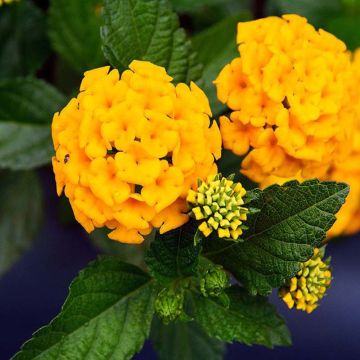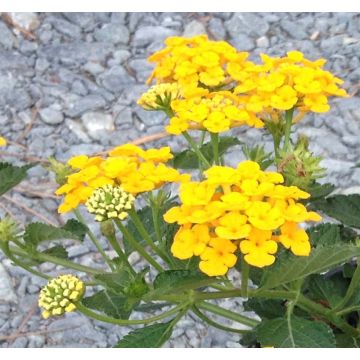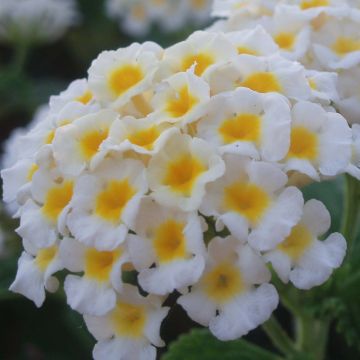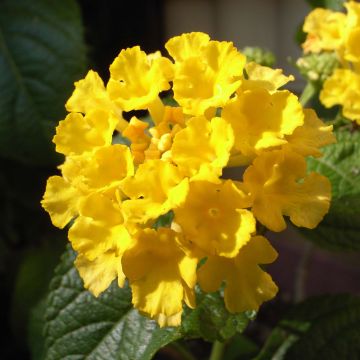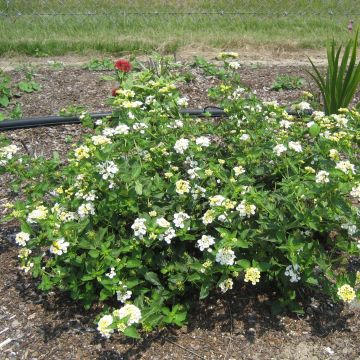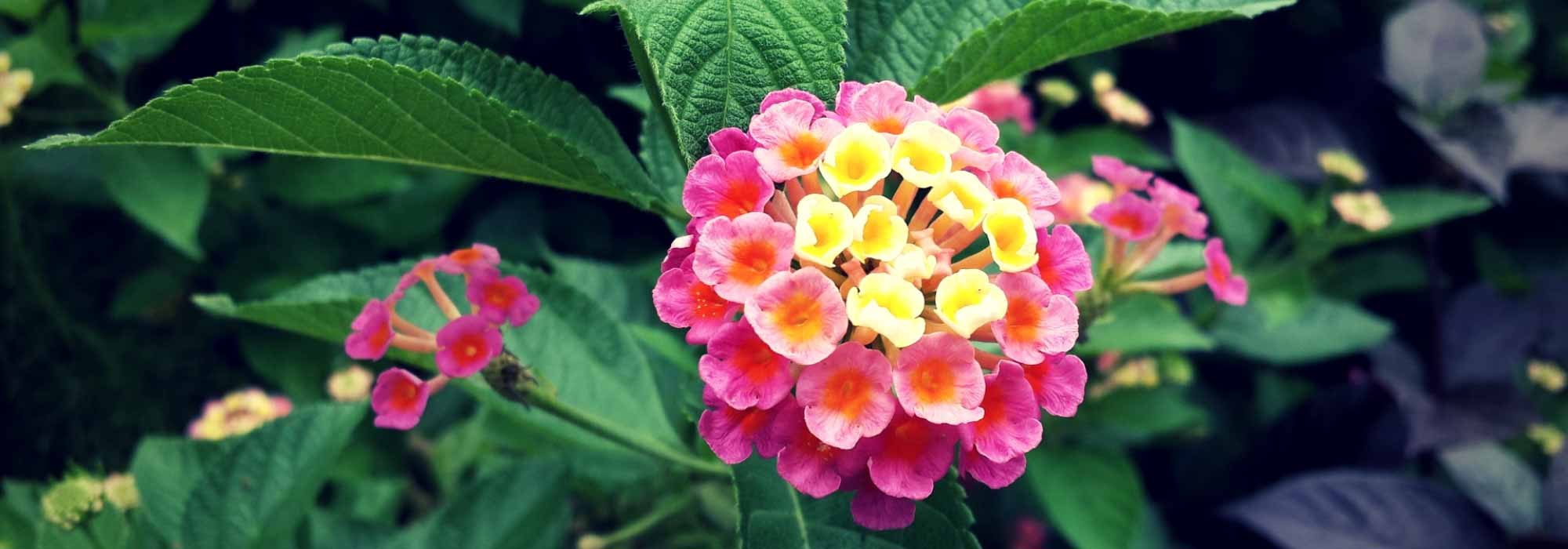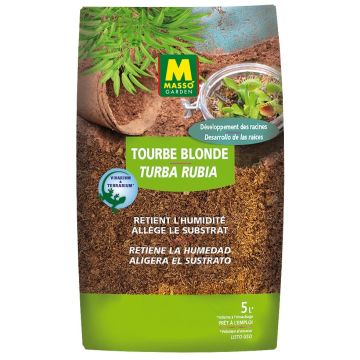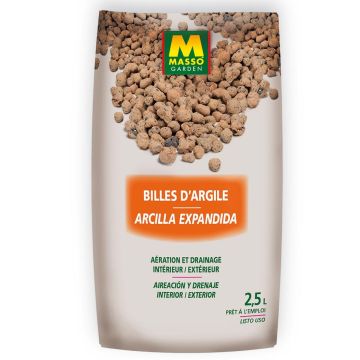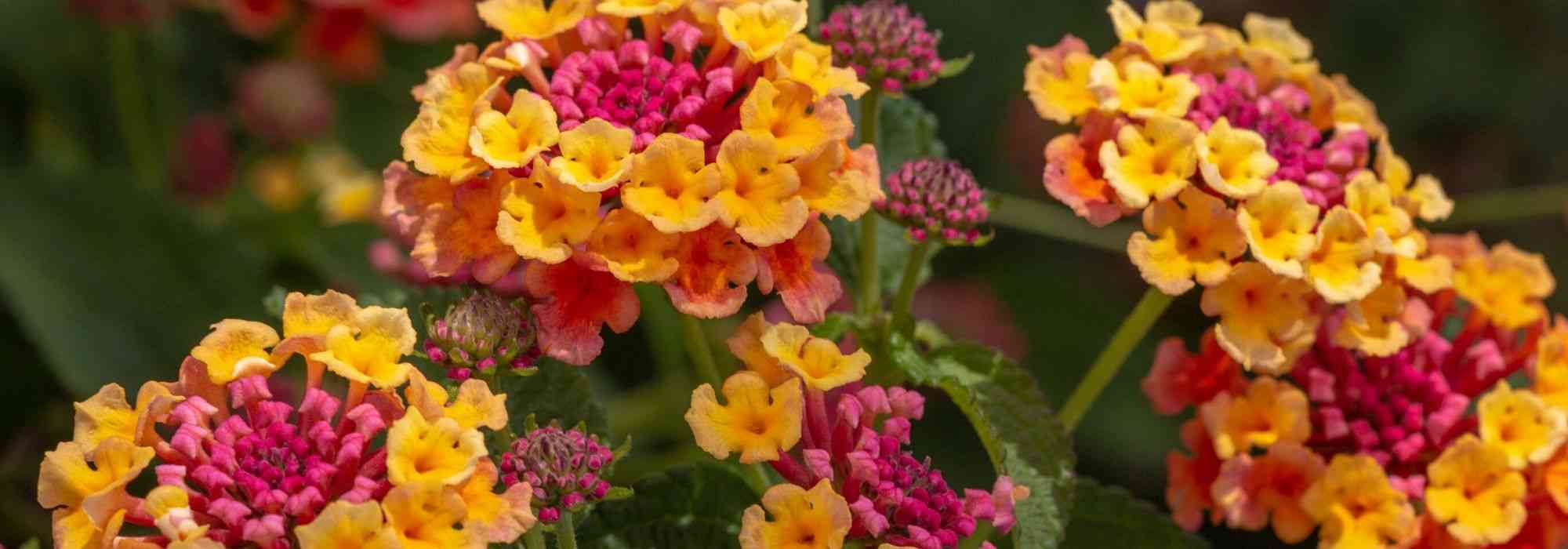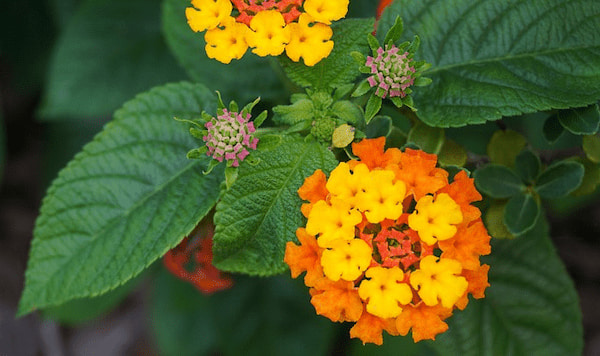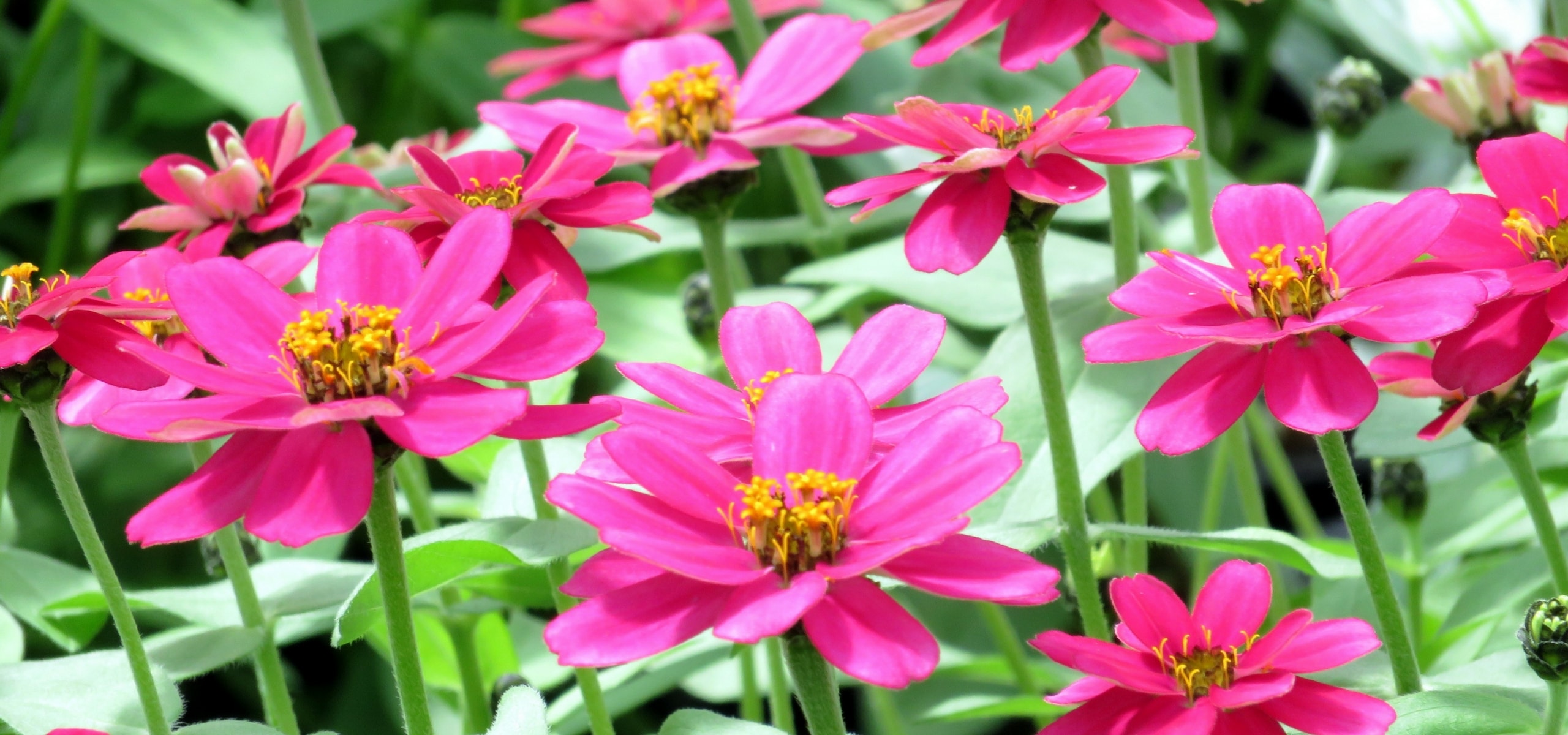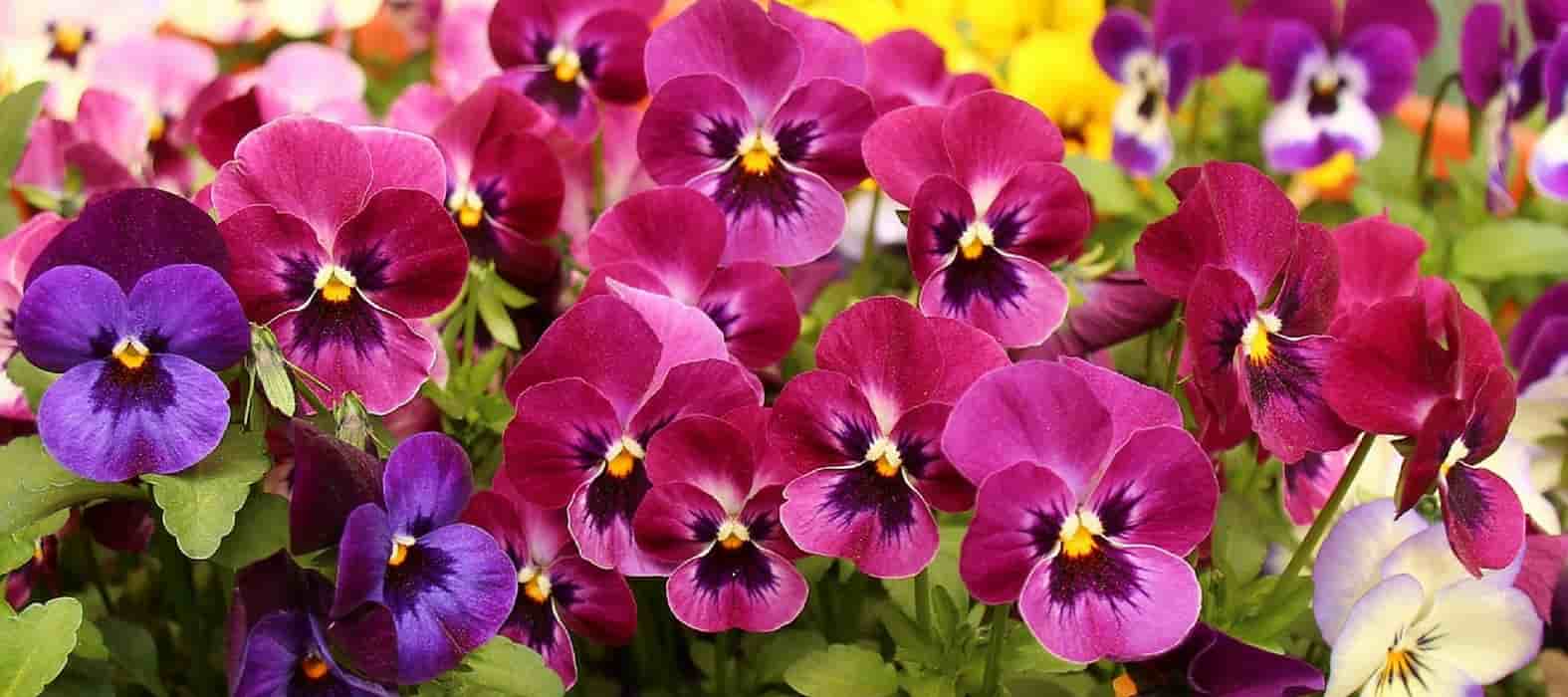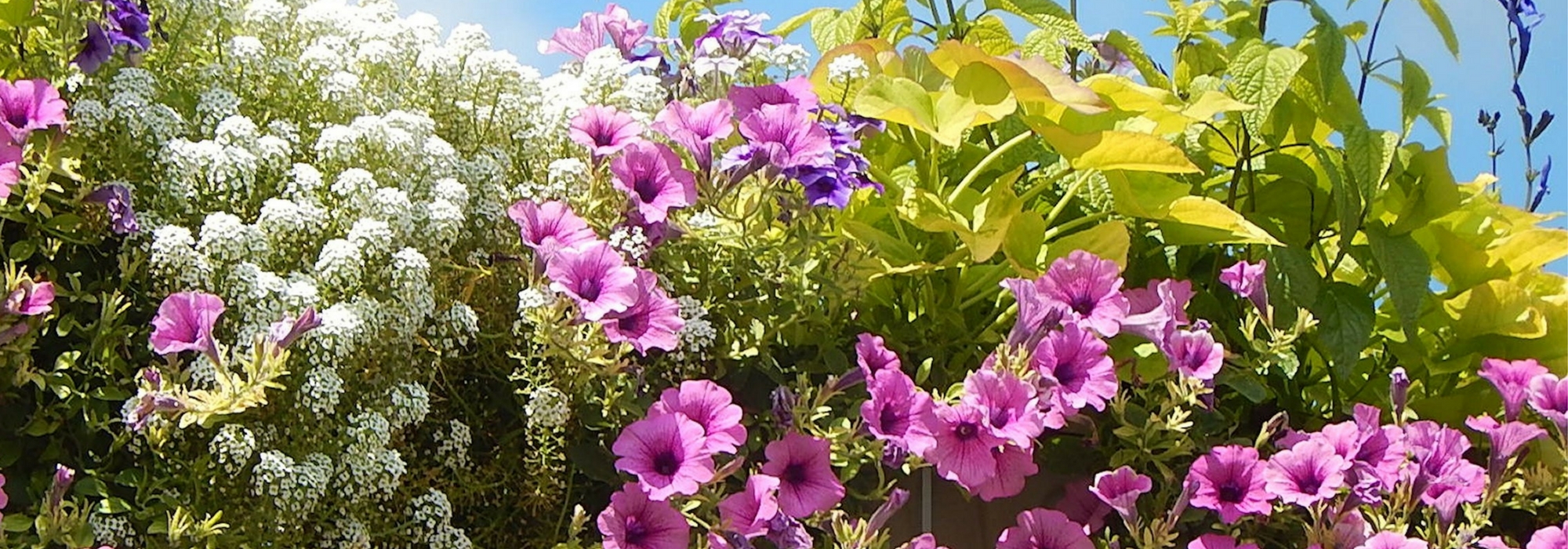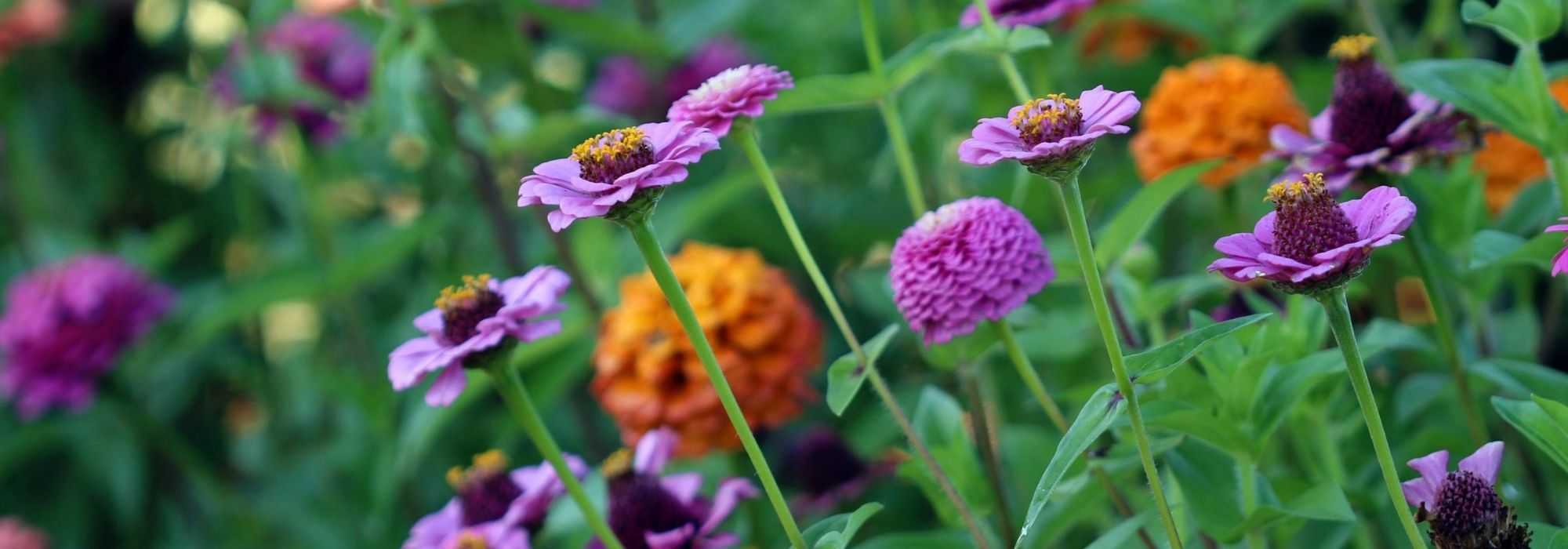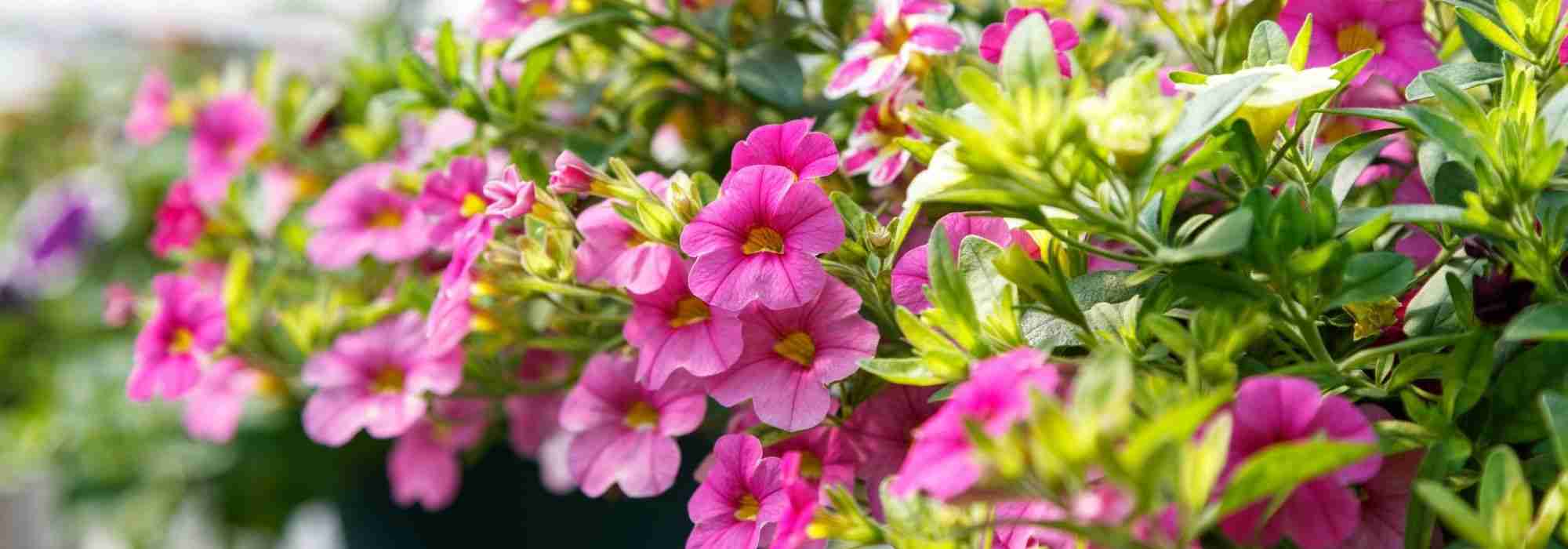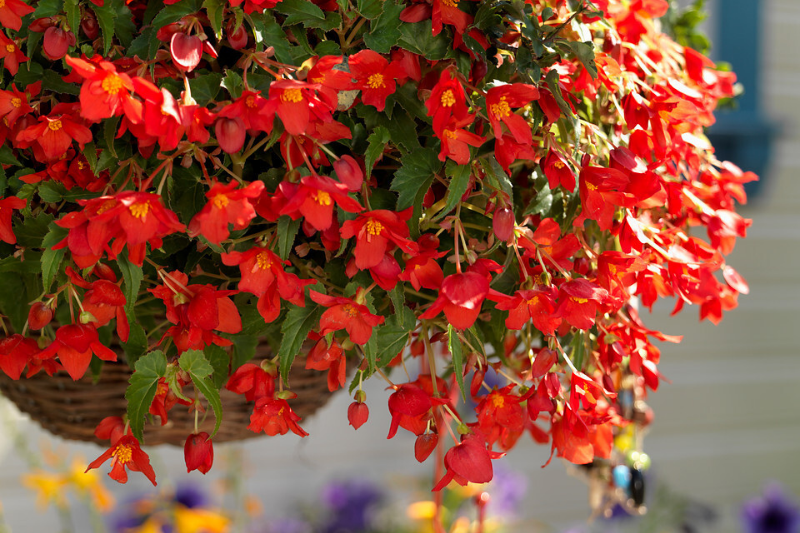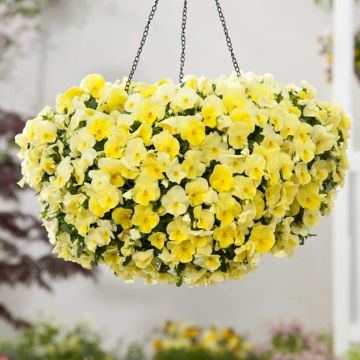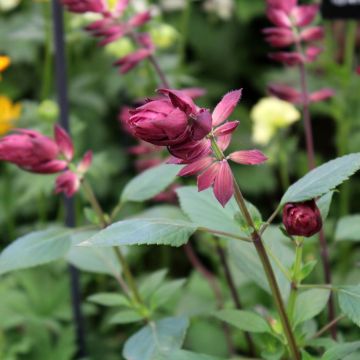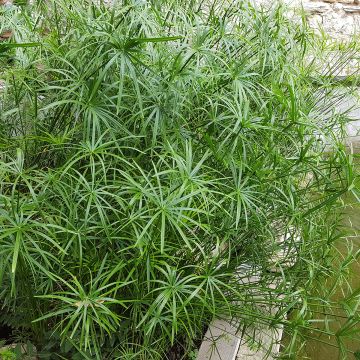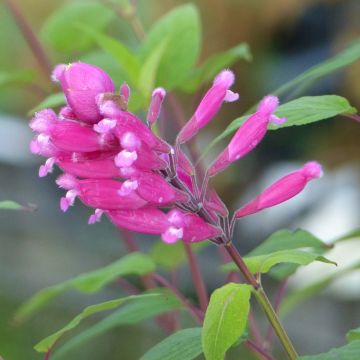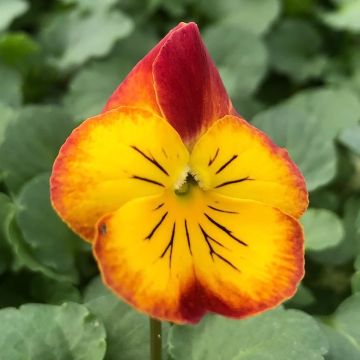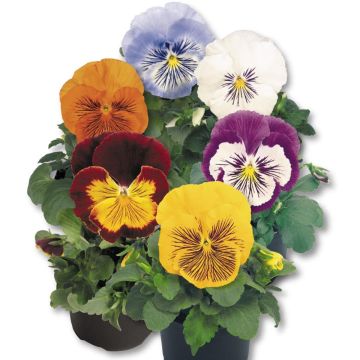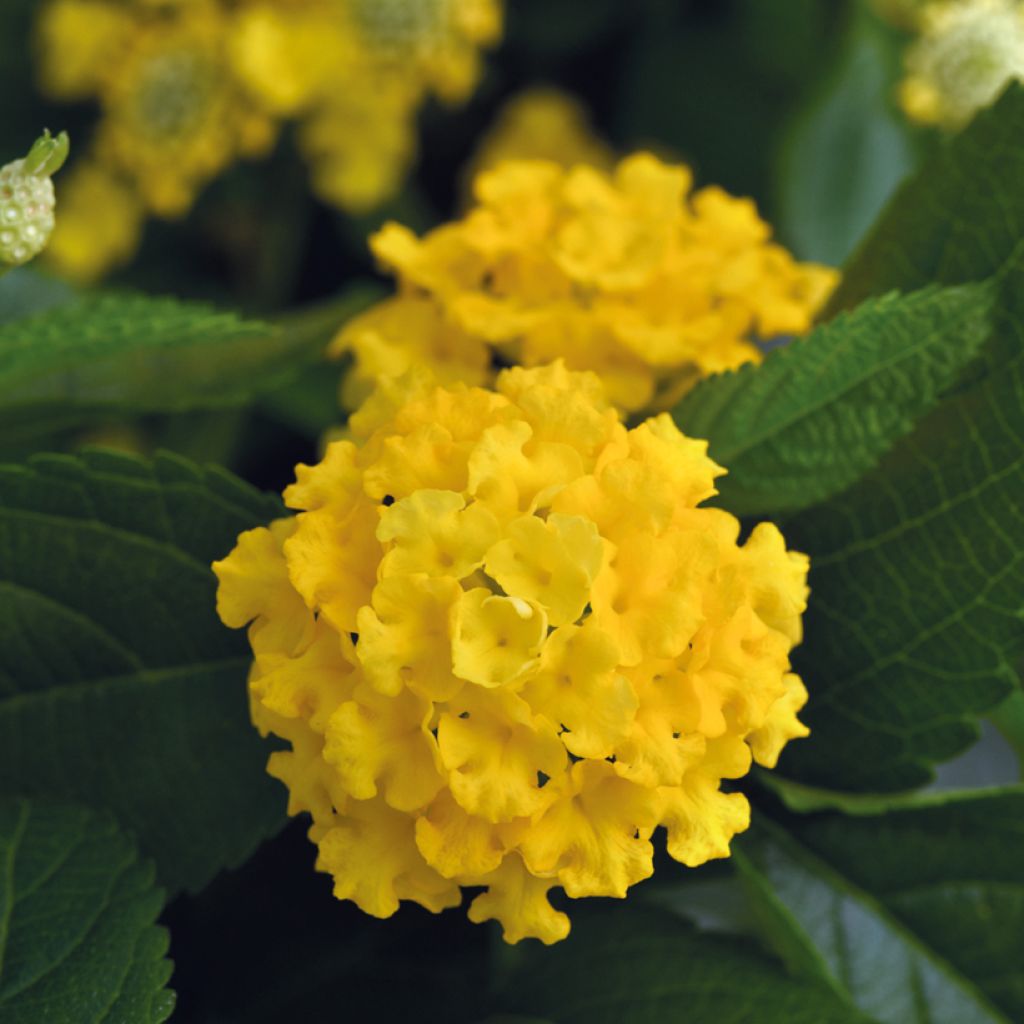

Lantana camara Lucky Yellow Improved
Lantana camara Lucky Yellow Improved
Lantana camara Lucky Yellow Improved ('Balucimyel'PBR)
Common Lantana, Spanish Flag, West Indian Lantana
Special offer!
Receive a €20 voucher for any order over €90 (excluding delivery costs, credit notes, and plastic-free options)!
1- Add your favorite plants to your cart.
2- Once you have reached €90, confirm your order (you can even choose the delivery date!).
3- As soon as your order is shipped, you will receive an email containing your voucher code, valid for 3 months (90 days).
Your voucher is unique and can only be used once, for any order with a minimum value of €20, excluding delivery costs.
Can be combined with other current offers, non-divisible and non-refundable.
Why not try an alternative variety in stock?
View all →This plant carries a 6 months recovery warranty
More information
We guarantee the quality of our plants for a full growing cycle, and will replace at our expense any plant that fails to recover under normal climatic and planting conditions.
Would this plant suit my garden?
Set up your Plantfit profile →
Description
The Lantana 'Lucky Yellow Improved' is a floriferous variety ideal for flowerbeds, borders, or pot displays. Its bright yellow flowers gathered in dense clusters brighten the garden with their continuous intense colour from June to October. This recent introduction stands out for its compact and well-branched habit, perfect for adorning flowerbeds, pots, or even hanging baskets. Its abundant and prolonged flowering combined with its heat resistance makes it a valuable asset for sunny gardens.
Native to the tropical and subtropical regions of America, the Lantana camara or Lantana, belongs to the verbena family. This plant is widely cultivated in temperate climates as an annual due to its low hardiness (down to -6°C to -7°C). Extremely floriferous and undemanding, Lantana have become a favourite among gardeners who love colour and easy-to-grow plants. The 'Lucky Yellow Improved' variety reaches a modest and even size of 40 cm in height and width. Its compact and well-branched habit makes this variety a perfectly balanced plant requiring no staking. Its quadrangular stems bear dark green, deeply veined, slightly rough leaves that contrast beautifully with its bright flowers. The rounded inflorescences measure about 4 to 5 cm in diameter and are fomed of small, tubular, bright yellow flowers that retain their brilliance even in full sun and hot weather.
Easy to grow, this Lantana thrives in full sun and in well-drained, even poor or sandy soil. Once established, it requires little watering and is resistant to periods of heat and moderate drought. To encourage continuous flowering, simply remove faded flowers regularly. The 'Lucky Yellow Improved' pairs well with the flowers of annual lobelia, with lavenders, common vervain, catmints, or light grasses like stipa tenuissima. In pots, it can be paired with white or purple Petunia to create a striking contrast.
Note: Please note, our plug plants are professional products reserved for experienced gardeners: upon receipt, transplant and store them under cover (veranda, greenhouse, cold frame...) at a temperature above 14°C for a few weeks before placing them outdoors once the risk of frost has completely passed.
Flowering
Foliage
Plant habit
Botanical data
Lantana
camara
Lucky Yellow Improved ('Balucimyel'PBR)
Verbenaceae
Common Lantana, Spanish Flag, West Indian Lantana
Lantana camara Lucky Yellow Improved ('Balucimyel'PBR) (Lucky Series)
Cultivar or hybrid
Other Lantana
View all →Planting and care
You can plant your Lantana 'Lucky Yellow Improved' in the ground or in pots. If you plant them in the ground, wait until the last frosts have passed (they can tolerate a slight frost). In the meantime, you can bring them on in pots in a warm and bright place to accelerate their growth. Plant your Lantanas in a sunny spot or possibly in partial shade in very hot and dry climates. They need a light, humus-bearing soil and will appreciate a fertiliser application. In the ground, these plants can tolerate occasional dry soil. In pots, they should be watered regularly. Usually grown as annuals, they are actually delicate perennials: by bringing them indoors at the first frosts, you can extend their flowering through autumn and winter. Outdoor cultivation is possible in coastal areas with good mulching in winter. Plan for light pruning in March.
Planting period
Intended location
Care
Planting & care advice
This item has not been reviewed yet - be the first to leave a review about it.
Similar products
Haven't found what you were looking for?
Hardiness is the lowest winter temperature a plant can endure without suffering serious damage or even dying. However, hardiness is affected by location (a sheltered area, such as a patio), protection (winter cover) and soil type (hardiness is improved by well-drained soil).

Photo Sharing Terms & Conditions
In order to encourage gardeners to interact and share their experiences, Promesse de fleurs offers various media enabling content to be uploaded onto its Site - in particular via the ‘Photo sharing’ module.
The User agrees to refrain from:
- Posting any content that is illegal, prejudicial, insulting, racist, inciteful to hatred, revisionist, contrary to public decency, that infringes on privacy or on the privacy rights of third parties, in particular the publicity rights of persons and goods, intellectual property rights, or the right to privacy.
- Submitting content on behalf of a third party;
- Impersonate the identity of a third party and/or publish any personal information about a third party;
In general, the User undertakes to refrain from any unethical behaviour.
All Content (in particular text, comments, files, images, photos, videos, creative works, etc.), which may be subject to property or intellectual property rights, image or other private rights, shall remain the property of the User, subject to the limited rights granted by the terms of the licence granted by Promesse de fleurs as stated below. Users are at liberty to publish or not to publish such Content on the Site, notably via the ‘Photo Sharing’ facility, and accept that this Content shall be made public and freely accessible, notably on the Internet.
Users further acknowledge, undertake to have ,and guarantee that they hold all necessary rights and permissions to publish such material on the Site, in particular with regard to the legislation in force pertaining to any privacy, property, intellectual property, image, or contractual rights, or rights of any other nature. By publishing such Content on the Site, Users acknowledge accepting full liability as publishers of the Content within the meaning of the law, and grant Promesse de fleurs, free of charge, an inclusive, worldwide licence for the said Content for the entire duration of its publication, including all reproduction, representation, up/downloading, displaying, performing, transmission, and storage rights.
Users also grant permission for their name to be linked to the Content and accept that this link may not always be made available.
By engaging in posting material, Users consent to their Content becoming automatically accessible on the Internet, in particular on other sites and/or blogs and/or web pages of the Promesse de fleurs site, including in particular social pages and the Promesse de fleurs catalogue.
Users may secure the removal of entrusted content free of charge by issuing a simple request via our contact form.
The flowering period indicated on our website applies to countries and regions located in USDA zone 8 (France, the United Kingdom, Ireland, the Netherlands, etc.)
It will vary according to where you live:
- In zones 9 to 10 (Italy, Spain, Greece, etc.), flowering will occur about 2 to 4 weeks earlier.
- In zones 6 to 7 (Germany, Poland, Slovenia, and lower mountainous regions), flowering will be delayed by 2 to 3 weeks.
- In zone 5 (Central Europe, Scandinavia), blooming will be delayed by 3 to 5 weeks.
In temperate climates, pruning of spring-flowering shrubs (forsythia, spireas, etc.) should be done just after flowering.
Pruning of summer-flowering shrubs (Indian Lilac, Perovskia, etc.) can be done in winter or spring.
In cold regions as well as with frost-sensitive plants, avoid pruning too early when severe frosts may still occur.
The planting period indicated on our website applies to countries and regions located in USDA zone 8 (France, United Kingdom, Ireland, Netherlands).
It will vary according to where you live:
- In Mediterranean zones (Marseille, Madrid, Milan, etc.), autumn and winter are the best planting periods.
- In continental zones (Strasbourg, Munich, Vienna, etc.), delay planting by 2 to 3 weeks in spring and bring it forward by 2 to 4 weeks in autumn.
- In mountainous regions (the Alps, Pyrenees, Carpathians, etc.), it is best to plant in late spring (May-June) or late summer (August-September).
The harvesting period indicated on our website applies to countries and regions in USDA zone 8 (France, England, Ireland, the Netherlands).
In colder areas (Scandinavia, Poland, Austria...) fruit and vegetable harvests are likely to be delayed by 3-4 weeks.
In warmer areas (Italy, Spain, Greece, etc.), harvesting will probably take place earlier, depending on weather conditions.
The sowing periods indicated on our website apply to countries and regions within USDA Zone 8 (France, UK, Ireland, Netherlands).
In colder areas (Scandinavia, Poland, Austria...), delay any outdoor sowing by 3-4 weeks, or sow under glass.
In warmer climes (Italy, Spain, Greece, etc.), bring outdoor sowing forward by a few weeks.
































